Hometown Animal Hospital

All Pets Dental Services
Canine
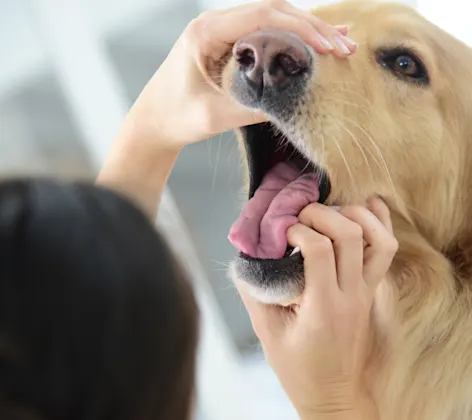
Canine Periodontal Disease
Periodontal disease is the infection of the tooth attachment apparatus (periodontal ligament and jaw bone), caused by bacteria.
Learn More
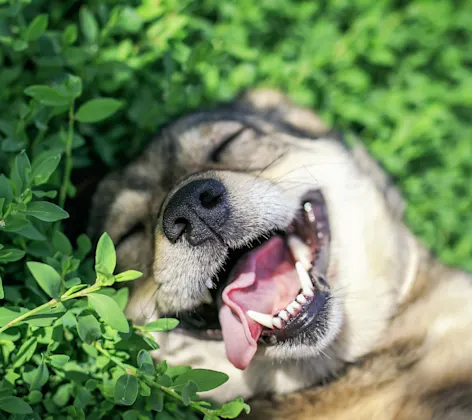
Canine Development Problems
When the primary teeth do not fall out on time, there is not enough space for the permanent teeth to move into the correct spot as seen here. The permanent canine teeth are positioned too far in the mouth and closing the mouth can be very painful.
Learn More
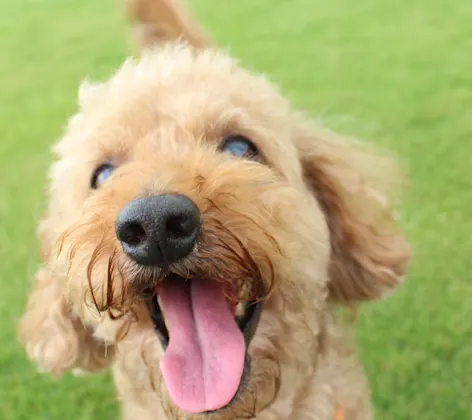
Canine Trauma
Dogs break their teeth most commonly from chewing on antlers, bone, hard nylon products, ice cubes, and hard plastic toys.
Learn More
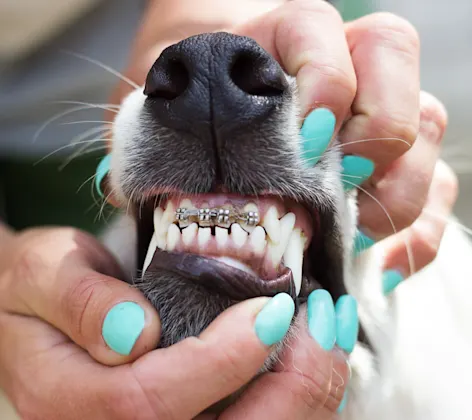
Canine Orthodontics
Although our pets do not wear the same kind of braces like us, "doggie braces" can often correct a malposition tooth, making the mouth comfortable and functional.
Learn More
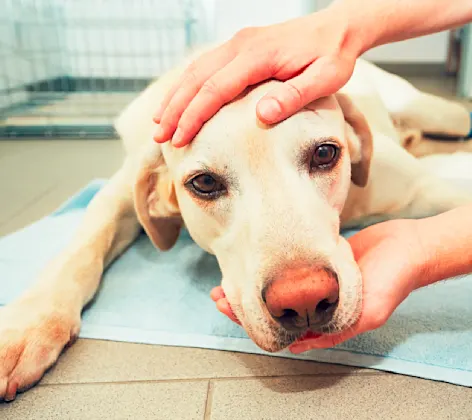
Canine Oral Swellings
Swellings in the mouth can come in a variety of shapes and sizes. After determining the cause of the swelling, treatments including surgery, medication and radiation can be considered.
Learn More
Feline
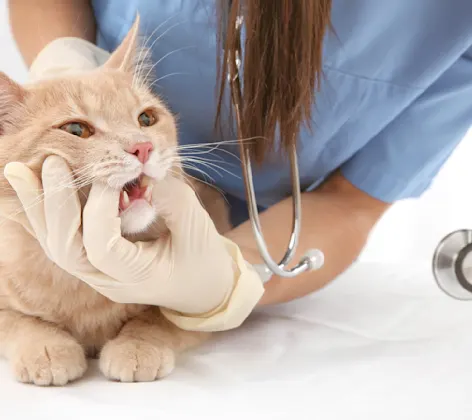
Feline Periodontal Disease
Periodontal disease is the infection of the tooth attachment apparatus (periodontal ligament and jaw bone), caused by bacteria.
Learn More
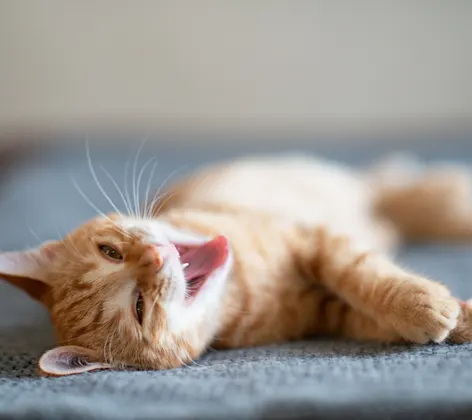
Feline Development Problems
When two teeth share the same space, the main permanent tooth is at risk. Food and debris can get caught between the teeth, making oral hygiene difficult. The teeth are at greater risk for developing periodontal disease.
Learn More

Feline Tooth Resorption
Half of the cats older than three years will have at least one tooth resorption which when extended to the oral cavity is painful. Treatment is to remove the tooth and root.
Learn More
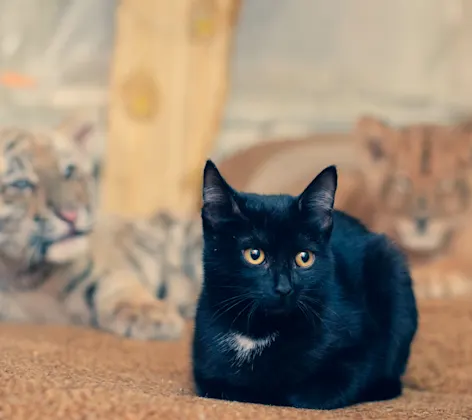
Feline Broken Teeth
When a tooth is broken, its nerve and blood vessels are exposed and become infected.
Learn More
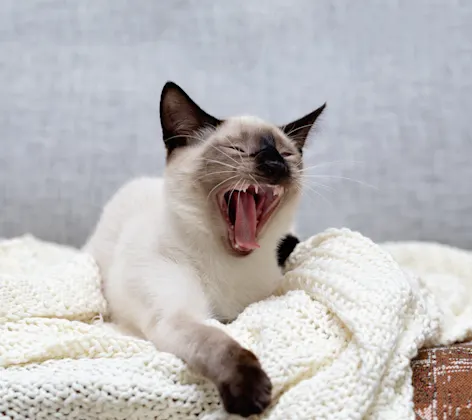
Feline Orthodontics
The lower canine is maligned, bumping into the cat's upper gums every time she closes her mouth. Moving this tooth toward the side of the mouth will allow the cat to close her mouth comfortably and the tooth will regain its function.
Learn More

Feline Trauma
Broken jaws are commonly seen in cats that are involved in automobile accidents.
Learn More
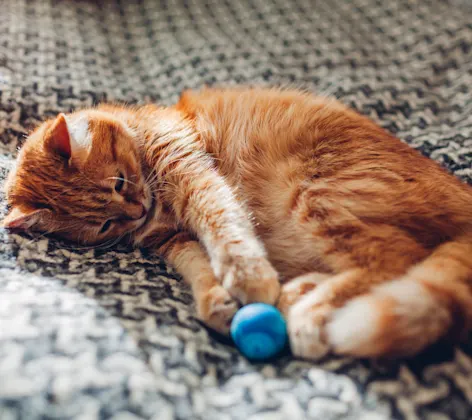
Feline Oral Swellings
Swellings in the mouth can come in a variety of shapes and sizes. After determining the kind of cancer, treatments including surgery, chemotherapy, and radiation can be considered.
Learn More
